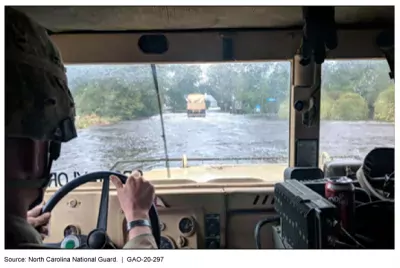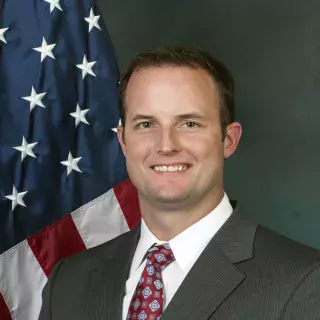Is FEMA Ready to Respond to Emergencies?
Even before COVID-19, a rising number of natural disasters has meant an increased reliance by state, local, and tribal entities on federal funding and resources.
For instance:
- The 2017 Hurricanes Harvey, Irma, and Maria affected 47 million people and are among the top 5 costliest hurricanes ever recorded.
- Hurricanes Florence and Michael in 2018 caused nearly $50 billion worth of damage.
- The Camp Fire in northern California in 2018 destroyed over 18,000 buildings and was the costliest and deadliest wildfire in California’s history.
- Federal funding for disaster assistance has totaled at least $460 billion since 2005.
In today’s WatchBlog, we look at some of our latest work on FEMA’s readiness to respond to emergencies and how it could improve its efforts. You can also tune in to our podcast, the Watchdog Report, to learn more.
Preparedness planning
FEMA uses the National Preparedness System to help assess the nation’s emergency preparedness. The system is meant to help prioritize the use of federal grants that are given to states and local communities to fill gaps in their capacity to respond to emergencies.
FEMA is taking steps to strengthen this system. For instance, it’s planning to collect more data on capabilities at the state, territory, and local levels. FEMA also plans to begin assessing the federal government’s capabilities.
However, we found that the agency has yet to determine what steps are needed to address capability gaps once they have been identified. We recommended it do so and inform key stakeholders, such as Congress, about what resources will be needed across all levels of government.
Hurricane Florence caused significant flooding in and around New Hanover County, North Carolina.
Disaster workforce staffing
We also looked at how well FEMA is staffed to respond to a crisis. During the 2017 and 2018 disaster seasons, FEMA deployed 14,684 and 10,328 personnel, respectively. FEMA employs a broadly skilled workforce of everything from social workers to engineers. But the agency has struggled with having enough people with the right skills needed to respond to crises.
FEMA matches field requests for positions using an automated system that identifies staff qualifications. However, we found that FEMA did not provide reliable staffing information to field officials to ensure its workforce was being used effectively. For example, during the 2017 and 2018 disaster seasons, some deployed FEMA staff who were designated as “qualified” did not have the skills or experience to effectively perform their positions.
We recommended that FEMA develop a plan to provide reliable staffing information to field officials.
To learn more about our work on FEMA, please check out our website.
- Comments on GAO’s WatchBlog? Contact blog@gao.gov.
GAO Contacts
Related Products

GAO's mission is to provide Congress with fact-based, nonpartisan information that can help improve federal government performance and ensure accountability for the benefit of the American people. GAO launched its WatchBlog in January, 2014, as part of its continuing effort to reach its audiences—Congress and the American people—where they are currently looking for information.
The blog format allows GAO to provide a little more context about its work than it can offer on its other social media platforms. Posts will tie GAO work to current events and the news; show how GAO’s work is affecting agencies or legislation; highlight reports, testimonies, and issue areas where GAO does work; and provide information about GAO itself, among other things.
Please send any feedback on GAO's WatchBlog to blog@gao.gov.






